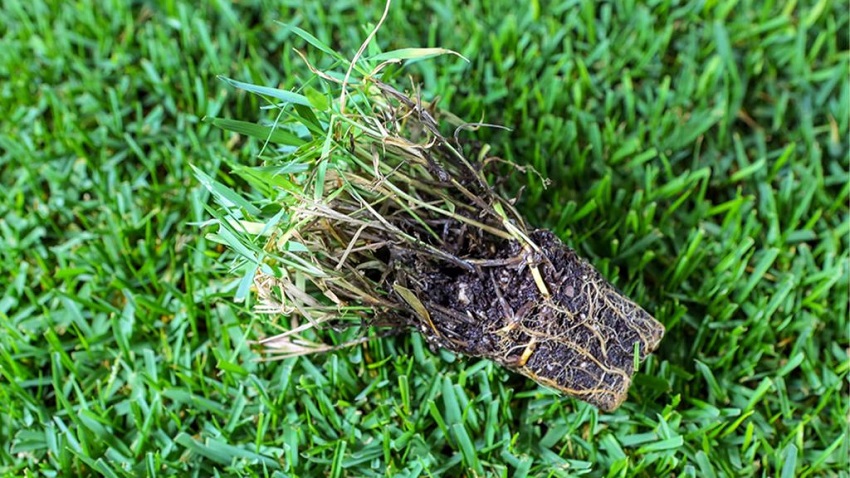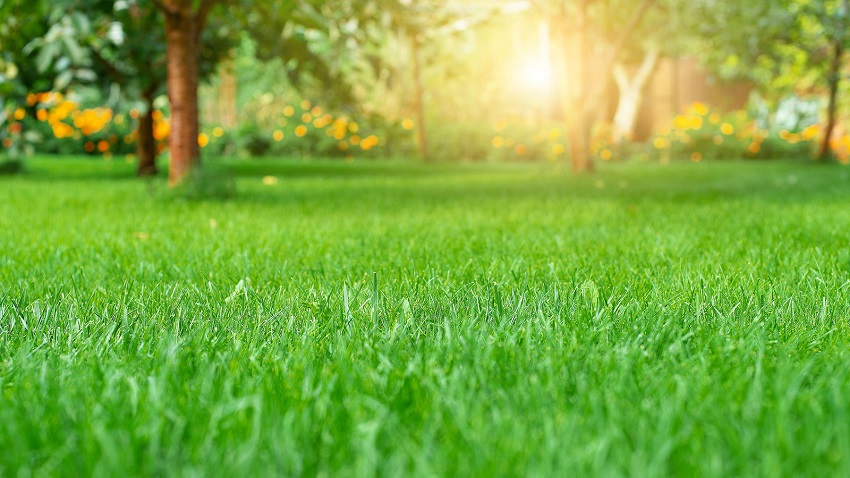
17 Aug What Type of Grass Grows Best in Central Florida?
When it comes to creating a lush and vibrant lawn in Central Florida, choosing the right type of grass is crucial. Central Florida’s unique climate, with its hot and humid summers and mild winters, requires grass varieties that can withstand these conditions while providing a beautiful and functional outdoor space. In this article, we will explore the different types of grass that thrive in Central Florida, discussing their unique characteristics, benefits, and considerations. Whether you’re a homeowner or a landscaper, this guide will help you make an informed decision about the best type of grass for your lawn.
Understanding Central Florida’s Climate
Central Florida is home to a variety of grass types that are well-suited to the region’s humid subtropical climate, which is influenced by its proximity to the Gulf of Mexico and the Atlantic Ocean. The region experiences long, hot summers with frequent afternoon thunderstorms and mild winters with occasional frosts. Maintaining an attractive and healthy lawn throughout the year can be challenging, but by selecting the right types of florida grass and implementing proper lawn care practices, it is possible to achieve beautiful results.
Types of Grass That Thrive in Central Florida
- St. Augustine Grass (Scientific Name: Stenotaphrum secundatum)
- Characteristics: St. Augustine grass is a warm-season grass that is widely popular in Central Florida due to its tolerance to shade and saltwater. It has a medium to coarse texture and a vibrant dark green color. This grass variety spreads through above-ground stolons, forming a dense carpet-like appearance.
- Benefits: St. Augustine grass performs well in the high temperatures and humidity of Central Florida. It recovers quickly from damage and is known for its excellent weed suppression abilities. This grass type also has good tolerance to foot traffic.
- Considerations: Although St. Augustine grass thrives in shade, it requires a moderate amount of sunlight to maintain its health and vigor. It is susceptible to certain diseases, such as brown patch and gray leaf spot, particularly in areas with poor drainage or excessive moisture. Regular watering and proper maintenance are essential to prevent these issues.
- Bermuda Grass (Scientific Name: Cynodon dactylon)
- Characteristics: Bermuda grass is a warm-season grass commonly found in Central Florida. It has a fine to medium texture and a light to medium green color. This grass spreads through both above-ground stolons and below-ground rhizomes, forming a dense and resilient lawn.
- Benefits: Bermuda grass thrives in the heat and humidity of Central Florida, making it a popular choice for homeowners and sports fields. It has excellent drought tolerance and can handle heavy foot traffic. Bermuda grass establishes quickly, providing rapid coverage to bare areas.
- Considerations: Bermuda grass requires full sun to thrive and may struggle in shaded areas. It enters dormancy during the winter months, turning brown until spring. It can invade flower beds and gardens if not properly contained, so regular maintenance is necessary to keep it in check.
- Zoysia Grass (Scientific Name: Zoysia spp.)
- Characteristics: Zoysia grass is a warm-season grass that has gained popularity in Central Florida due to its durability and beautiful appearance. It has a fine to medium texture and a medium to dark green color. This grass spreads through both above-ground stolons and below-ground rhizomes, creating a dense and uniform lawn.
- Benefits: Zoysia grass is known for its exceptional tolerance to heat, drought, and foot traffic. It maintains its vibrant green color during the summer months and has a high resistance to pests and diseases. Zoysia grass also boasts good salt tolerance, making it suitable for coastal areas.
- Considerations: Zoysia grass requires a moderate amount of sunlight to thrive but can tolerate some shade. It has a slower growth rate compared to other warm-season grasses and may take longer to establish. Proper mowing techniques and regular maintenance are necessary to prevent thatch buildup.
Read more: Where Do Lemon Trees Grow Best?
Factors to Consider When Choosing Grass for Central Florida
- Sunlight Availability: Determine how much sunlight your lawn receives. Some grass types require full sun, while others can tolerate partial shade.
- Watering and Drainage: Consider your irrigation system and the water requirements of your chosen grass type. Proper drainage is essential to prevent waterlogged or flooded areas.
- Maintenance Level: Different grasses have varying maintenance requirements, including mowing height, fertilization, and pest control. Evaluate your willingness and ability to devote time and effort to lawn care.
- Drought Tolerance: Central Florida experiences periods of drought, so choosing a grass variety with good drought tolerance is vital to maintaining a healthy lawn during dry spells.
- Traffic Tolerance: If your lawn will see heavy foot traffic or recreational activities, select a grass type that can withstand frequent use without significant damage.
- Disease and Pest Resistance: Consider the susceptibility of each grass variety to common diseases and pests prevalent in Central Florida. Some grasses may require more frequent treatments to prevent or control these issues.
Frequently Asked Questions
- Can I grow cool-season grasses in Central Florida?
Cool-season grasses, such as Kentucky bluegrass or fescue, do not perform well in the hot and humid climate of Central Florida. Warm-season grasses are better suited for this region.
- How often should I water my Central Florida lawn?
During the summer months, it is generally recommended to water your lawn deeply and infrequently. For most grass types, applying around one inch of water per week is sufficient. Adjust watering frequency based on rainfall and grass type.
- How can I prevent weed growth in my Central Florida lawn?
Maintaining a dense, healthy grass cover is the best defense against weeds. Proper mowing, fertilization, and irrigation practices can help promote vigorous grass growth and reduce weed competition.
- Should I overseed my warm-season grass in Central Florida during the winter?
Overseeding warm-season grasses in Central Florida is not necessary as these grasses enter dormancy and naturally turn brown during the winter months. They will regain their green color as temperatures warm up in the spring.
- Can I grow a mix of different grass types in my Central Florida lawn?
While it is possible to have a combination of grass types in your lawn, it may require additional maintenance and care due to the different requirements of each grass variety. It is generally recommended to choose one grass type that is well-suited to your needs and conditions.
Conclusion
Choosing the right type of grass for your Central Florida lawn requires consideration of the unique climate, maintenance requirements, and specific characteristics of each grass variety. St. Augustine grass, Bermuda grass, and Zoysia grass are popular warm-season options that thrive in this region. By taking into account factors like sunlight availability, water requirements, and traffic tolerance, you can create a vibrant and resilient lawn that enhances your outdoor space. Remember to schedule regular maintenance and stay on top of proper watering and fertilization practices to keep your Central Florida lawn healthy and beautiful year-round.



Sorry, the comment form is closed at this time.